How to Decide Where to Put Your Garden
If you’re starting to grow vegetables or adding another growing area to you yard, you want to find the best location for your garden. Maybe you’ve looked at the possibilities and wondered…Is it sunny enough? How do I know if the soil is okay? What else do I need to think about? In this post, we’ll explore five factors to consider as you decide where to put your garden.
If you enjoy learning through video, here is a playlist with five videos. Each one highlights one of the factors I’ll write about in this article.
Under each factor below, you’ll find some simple exercises to help you choose an ideal spot for your new garden. I’ve used bold and italics to designate the key questions and action steps.
I also created a printable workbook for you to use in selecting your own garden location. If you’d like to get the free PDF, please sign up below.
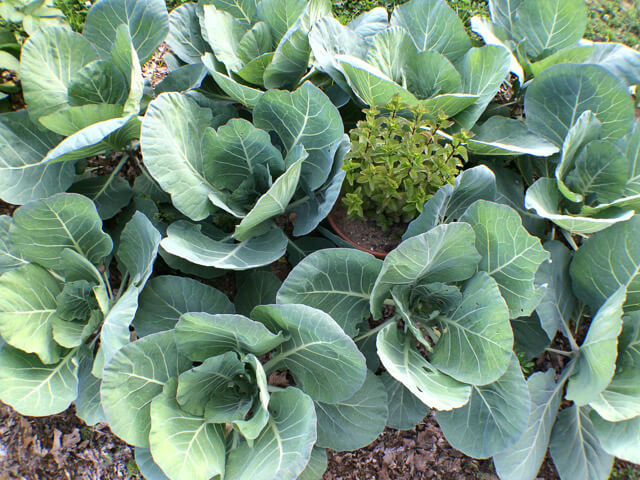
1. CONVENIENCE
If you had to choose your spot based on a single factor, this is the one! When your garden is easy to visit, you will have more success. You’ll be quick to notice thirsty plants, spot pest problems, and see ripe fruit.
Make a list of the areas of your yard that you see often. (Examples: Near your house doors, driveway, mailbox, kids’ play areas, etc.)
What does convenience look like for parents and grandparents?
A play area!
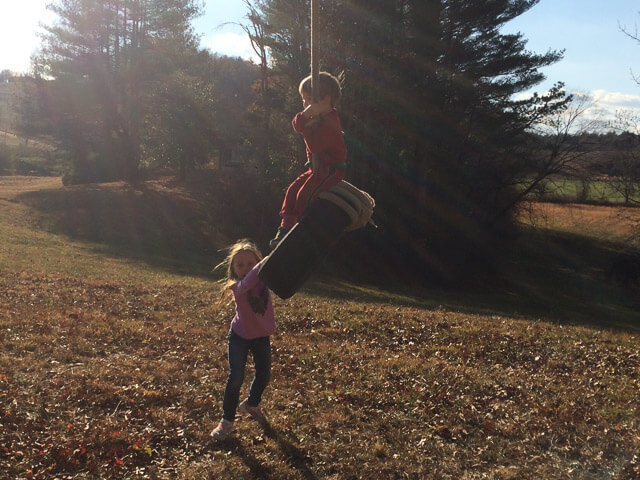
Plan to have a play area in or next to your garden allows your children to help or do their own “work” safely nearby. Depending on kids’ ages, the play area can be as simple as a basket of toys and blanket in the shade. Or you can think about a more permanent tire swing, play set, sandbox, or kids-choice garden bed.
Brainstorm kids’ play area options.
2. SUNSHINE
Many plants, including most of our cultivated vegetables, need plenty of sun to power the creation of plentiful flowers and fruit. Most veggie gardens need about 8 or more hours of sun per day. (You can grow leafy greens in 4-6 hours and root veggies in 6-8.)
Next, narrow down your list of convenient places based on hours of sunshine. Since the sun’s angle changes through the year and deciduous trees cast more shade in summer, you may want to repeat this activity each season to better understand those changes.
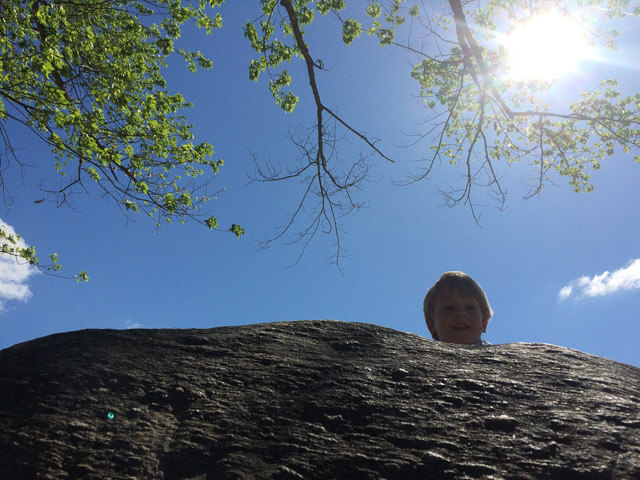
Here are 3 different ways you can measure sunlight on your site:
Chart the sun.
- Make a chart with your potential areas on one side and the hours from sunrise to sunset on them.
- Once an hour, visit the yard and note if the area is in full sun, full shade, or partial shade. (You could split these observations up over a few days!
- Count how many hours of sun each area gets and eliminate any spots that are too shady for veggies. (You can grow other things there!)
On pages 3 & 4 of the printable workbook, you’ll find a sample and blank chart to use.
Map the shade.
- Make 3 copies of a site plan for your yard. If you’ve done the 7-Day Challenge, you can trace over the buildings/trees on your site sketch to make a simplified version for this exercise. Or you can create a new sketch using a property survey, an overhead image (Google Earth might help), and/or your own measurements.
- Around 10am, 1pm, and 4pm, observe and color in shady areas on a map.
- Compare the maps to find where you get full sun, full shade, or partial sun. (A brilliant idea via Anna at the Walden Effect – If you’re familiar with Photoshop/GIMP/Canva, you can combine scans of your maps in partially-transparent layers to get a great visual of how the sun moves through your garden.)
On page 5 of the workbook, you’ll find a sheet of blank graph paper.
Purchase a tool to measure the sun.
If you’d like a more automated measurement of the sunlight, you can find instruments that measure sunlight for you. For example, here’s a reusable SunCalc that you “plant” in the morning and read the next day.
If you’d like to get the chart or graph paper, sign-up below and I’ll email it to you.
3. SOIL
Soil can seem mysterious, but it’s worth understanding. Healthy soil is key for healthy plants. For a vegetable garden, the ideal soil is well-draining and fertile.
Here’s series of tests (inspired by Grace Gershuny’s Start With the Soil) that you can do to start learning about your soil and making long-term plans to build soil health.
If you did the 7-Day Challenge, the first two tests will be familiar!
1. Dig a hole that’s 12” x 12” x 6” deep.
Put the soil you remove into a bucket or onto a piece of cardboard. Write down a few notes about your observations.
- What color(s) do you see?
- Is the soil tight or loose? Heavy or light?
- How does it feel when you rub it between your fingers?
2. Count the worms.
Sort through the soil you just removed and count earthworms. If you find 10+ worms, your soil fertility (and ecosystem) is in good shape. If you find fewer, learn more about improving your soil. How many did you find?
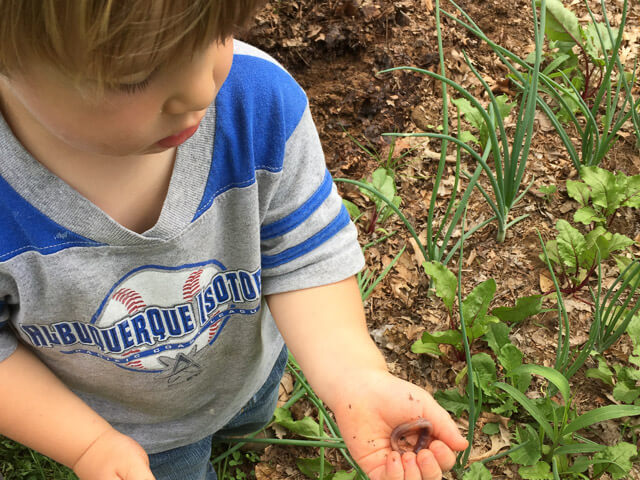
3. Test the drainage.
Make your hole 12” deep and fill it with water. How long does it take to drain?
Fill the hole with water again. How long does it take to drain the second time?
If it takes longer than 8 hours, you’ll want to learn about improving drainage and consider using containers or raised beds.
Bonus: Do a Soil Test!
Your local extension office may have free and low-cost options.
A soil test can measure pH and help you understand the “savings account” of nutrients available. Keep in mind that soil is a dynamic ecosystem, so a soil test doesn’t tell the whole story. For example, a standard test won’t tell you much about the soil life required to make those nutrients available to plants.
4. WATER
There are many ways to make your soil and plants drought-resistant, including compost and mulch. Nonetheless, you’ll probably need to water your garden at some point.
When you start seeds, they need a consistently moist soil for good germination. As they grow, most vegetables need a steady supply of water (~1” per week) for the best health and production.
How will you water your garden?
(Ex: Use a hose and wand, hook up a sprinkler, carry by hand, install drip irrigation, collect rainwater from a nearby roof, use an underground irrigation system, build berms to collect water, and so on.)
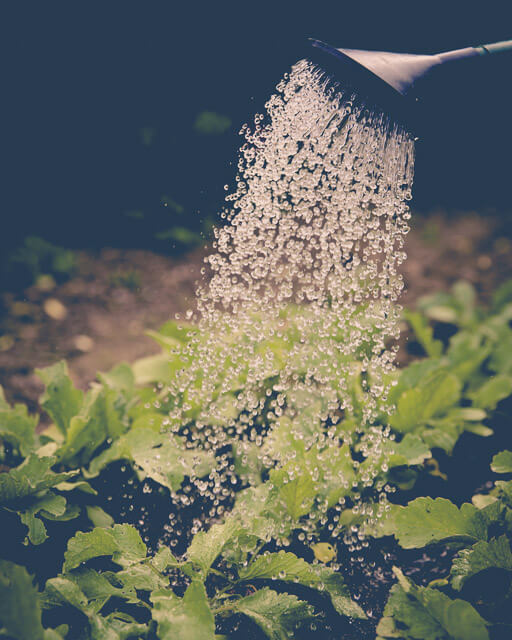
5. MOVEMENT
As you finalize where to put your garden, take a few minutes to consider how different elements move through your yard. Here are some examples and questions to consider:
Water Runoff. How does rain or snow melt flow across your land? Would a large storm wash your garden downhill? Or will standing water make your garden soggy?
Wind Directions. Which way does the wind typically blow each season? Will cold winter winds or cool summer breezes affect your garden? Will the wind blow weed seeds or other unsavories from a neglected field or neighbor’s yard?
Animal Paths. Does your growing area intersect paths frequented by you, your children, your pets, or neighborhood wildlife? If so, can you adjust the location? Or do you need to create barriers to keep them from trampling the garden?

Equipment Access. Can you get a wheelbarrow or wagon in? Will you unload a truck of compost or mulch nearby? If you have a larger property, will a lawnmower, tiller, and/or tractor move through the space?
Depending on where you live, other “movement” factors to consider could include fire or landslide danger, frost pockets, or even flooding zones.
What movements do you need to consider for your location?
NOW, SELECT YOUR LOCATION
After working through these five exercises…
Where will you put your garden?
If you’re still not sure where to put your garden, don’t let “analysis paralysis” stop you! I encourage you to choose based on your best guess. You can improve your site over time, and if needed, you can try another location next time. The key is to get started!
GARDEN LOCATION CHECKLIST
Must Have
- Convenient – close to house or a frequently used path
- Sunny – 8+ hours of sunlight
- Well-draining, fertile soil – compost and other amendments can help
Nice to Have
- Close to kids’ play area
- Close to water source
- Level ground
- Protected from wind, water runoff, and other movement factors
From Thinking to Acting
First, be sure to download the printable workbook for this process if you haven’t already.
(Or pull out a few blank sheets of paper and head outside to observe and test as you select the best spot for your garden.)
Then, in the comments below, I’d love to hear from you.
- Which of these factors might make the most difference in your choice of a successful garden location?
- Do you have suggestions for other new gardeners?
- Have you learned any lessons about garden location the hard way?
- Do you have any questions about picking your location?
